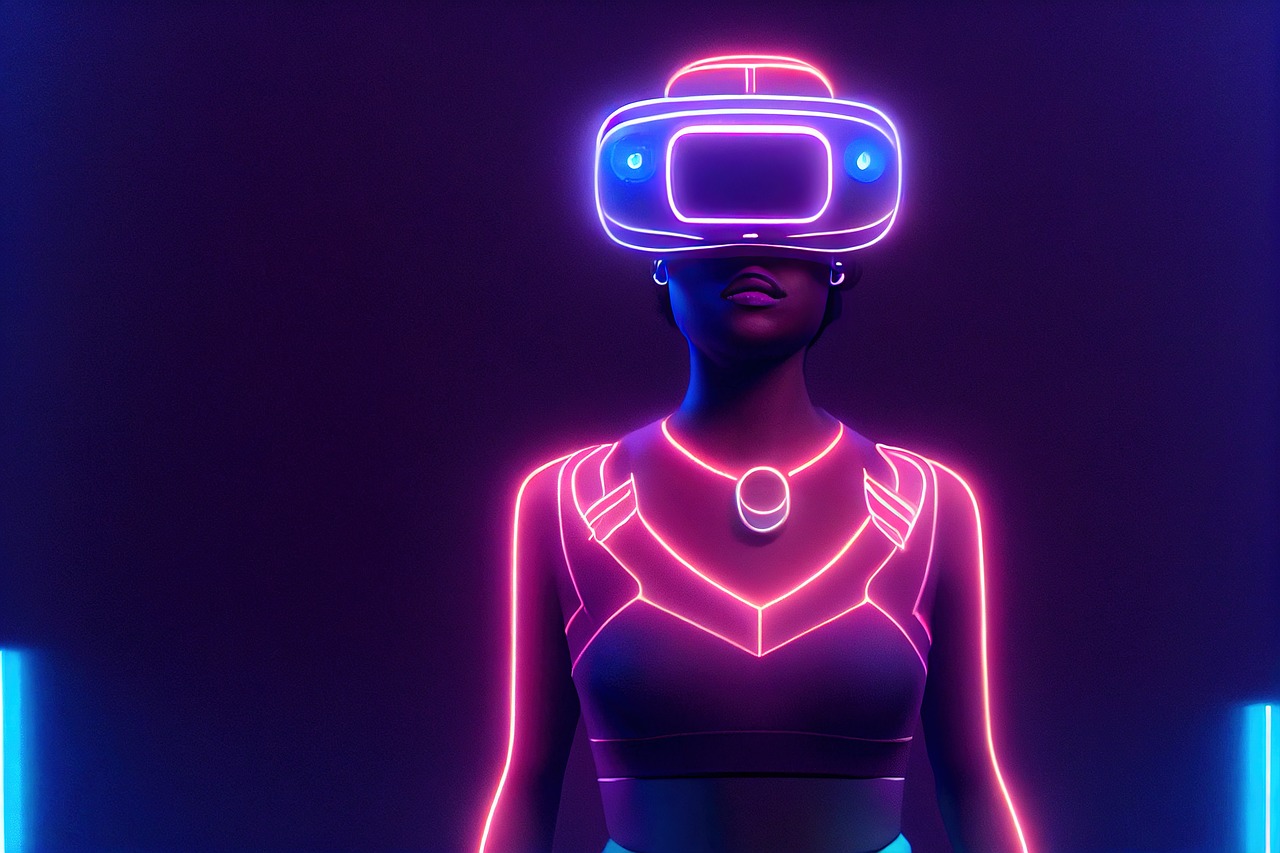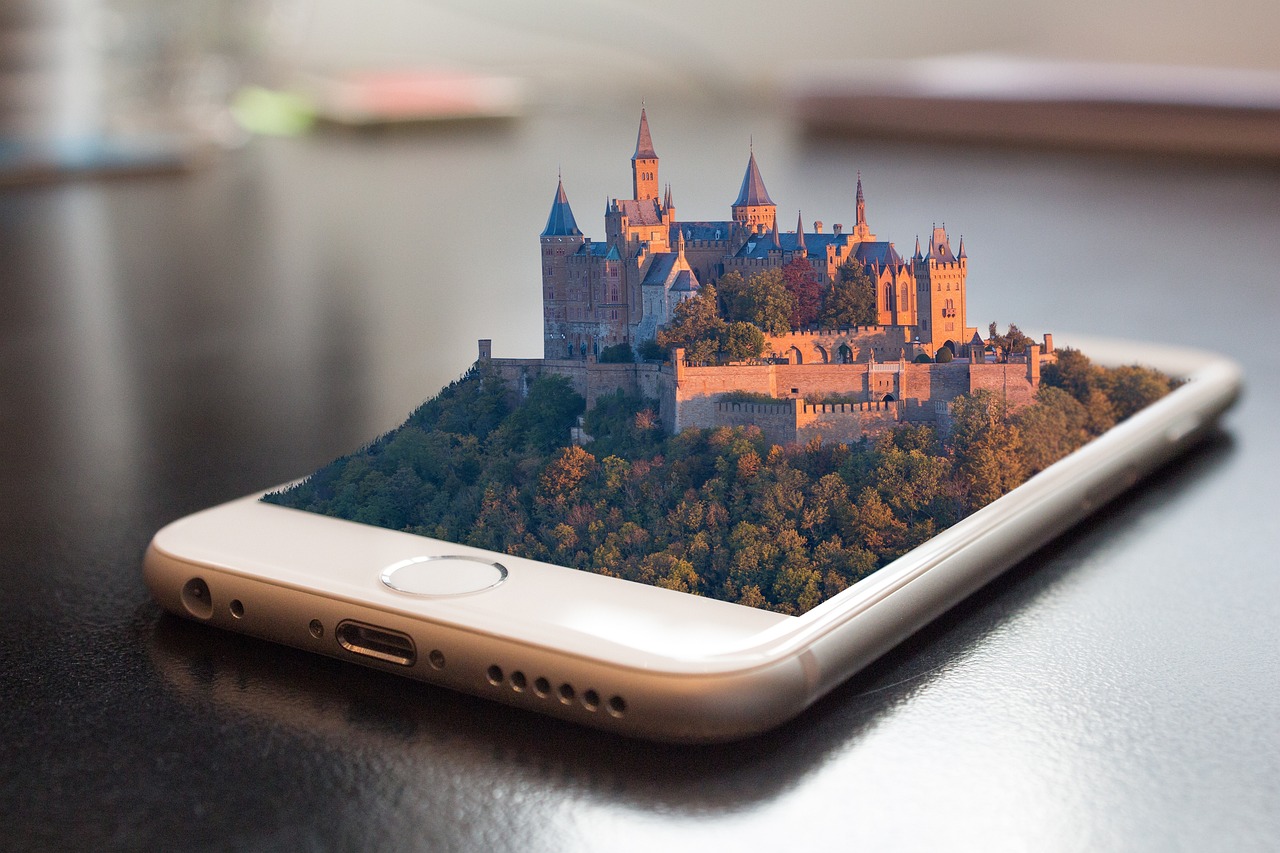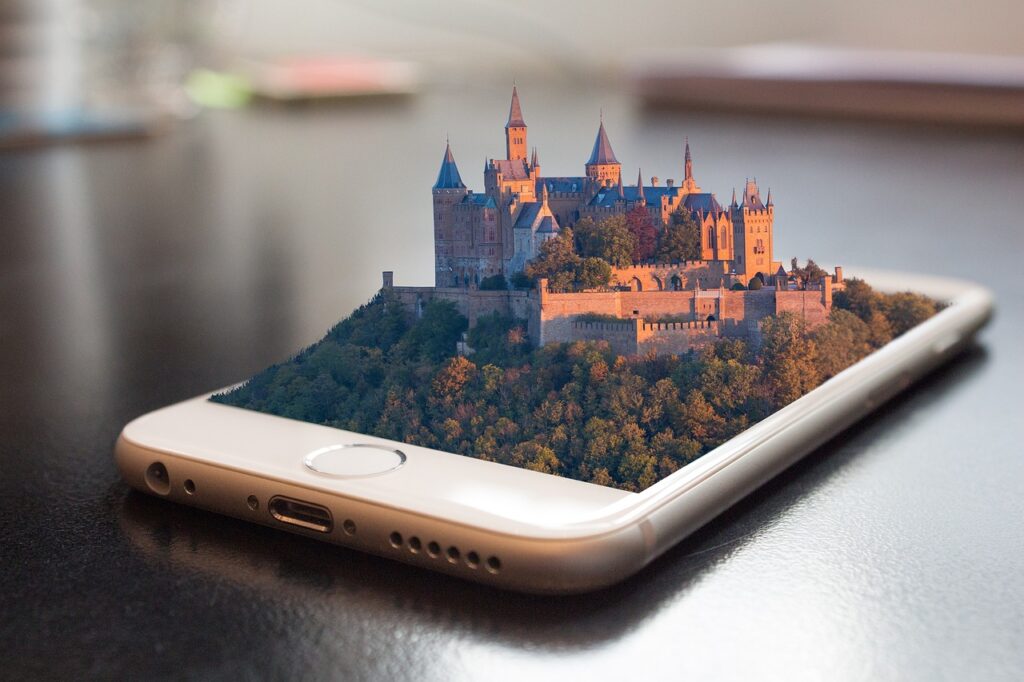The advent of virtual reality (VR) has dramatically changed our approach to technology and entertainment, providing an immersive experience that was only a dream a few decades ago.
At the forefront of this VR revolution are virtual reality goggles, devices that are redefining our perception of reality.
The Concept of Virtual Reality
Virtual reality provides an artificially generated environment that immerses users in a 3D world created by a computer.
This reality can either replicate real-life environments or create completely imaginary worlds.
VR goggles, sometimes known as VR headsets, are wearable devices that offer this VR experience.
The Mechanics of Virtual Reality Goggles
VR goggles work on the principle of stereoscopic display. This principle seeks to replicate human vision.
In real life, our eyes, positioned a few inches apart, perceive slightly different images.
The brain then fuses these images, providing us with depth perception and a sense of three-dimensionality.
VR goggles replicate this process by displaying two slightly offset images, one for each eye, on screens placed very close to the eyes.
The result is an illusion of depth and a sense of immersion in the virtual environment.
VR goggles also utilize sensors to track the user’s head and, in some cases, eye movements.
As the user moves their head, the image displayed adjusts accordingly, creating the sensation of moving within the 3D environment.
This positional tracking can be achieved through various methods, including gyroscopes, accelerometers, and infrared sensors.
Variety of VR Goggles
There are various types of VR goggles available in the market, each catering to different needs and budgets.
Tethered VR Goggles:
These devices, like the Oculus Rift or the HTC Vive, offer the most immersive VR experience.
They’re physically connected to a powerful PC or gaming console, which processes the VR environment.
Equipped with robust tracking capabilities and high-resolution displays, they can create incredibly realistic virtual environments.
However, their reliance on external hardware and their higher price point can be limiting for some users.
Standalone VR Goggles:
Devices such as the Oculus Quest operate independently, with all the necessary processing power built into the headset.
This type of VR goggles offers a balance between performance and portability, making them ideal for users who want a high-quality VR experience without the need for additional hardware.
Smartphone VR Goggles:
These are the most affordable and accessible form of VR goggles, like the Google Cardboard or the Samsung Gear VR.
They use a smartphone’s display and processing power to deliver a VR experience.
While their performance cannot match the more advanced tethered or standalone devices, they offer a cost-effective entry point into the world of VR.
Applications of VR Goggles
VR goggles are not limited to gaming and entertainment; they’re transforming a variety of industries:
Education:
VR can transport students to different eras, environments, and even into the human body, providing an immersive learning experience that significantly enhances understanding and retention.
Healthcare:
VR goggles are being used for therapy and rehabilitation, pain management, surgical training, and virtual surgeries, paving the way for groundbreaking medical practices.
Real Estate:
VR tours allow prospective buyers to explore properties virtually, saving time and resources while providing a comprehensive view of the property.
Training and Simulation:
Industries like aviation and the military use VR goggles for risk-free training in a realistic environment.
Future of VR Goggles
As technology continues to evolve, VR goggles are expected to become more advanced, lighter, and more comfortable.
Developers are working on enhancing the sense of immersion through better visuals, improved sound, and even the incorporation of touch and smell.
New advancements in technologies like eye-tracking and haptic feedback are likely to result in VR experiences that are even more immersive and interactive.
Eye-tracking can make VR environments respond to where the user is looking, creating more engaging and intuitive experiences.
Haptic feedback technologies aim to simulate touch sensations, enabling users to “feel” virtual objects, which could drastically change the landscape of VR gaming and simulations.
Social VR is another exciting frontier. Platforms like Facebook’s Horizon and VRChat are creating virtual spaces where people can meet, interact, and participate in shared experiences, all through their VR goggles.
As these platforms continue to grow and evolve, VR goggles may become our portal to a new form of social media where interactions feel more personal and immersive.
Furthermore, the increasing convergence of VR with its technological cousins – augmented reality (AR) and mixed reality (MR) – opens up exciting possibilities.
Hybrid devices that can switch between VR, AR, and MR could provide a seamless blend of real and virtual, transforming how we work, play, and communicate.
Choosing the Right VR Goggles
When choosing VR goggles, it’s essential to consider the intended use and the hardware requirements.
High-end tethered VR goggles may offer the best immersive experience, but they require a powerful PC or gaming console.
Standalone VR goggles offer a balance of quality and convenience, whereas smartphone VR goggles offer a more affordable entry point into VR, albeit with a less immersive experience.
Comfort is another important consideration. As VR goggles need to be worn, devices that are too heavy or don’t fit well can cause discomfort or even motion sickness.
Look for goggles with adjustable straps and padding to ensure a comfortable fit.
VR goggles offer a doorway into virtual worlds, transforming our experiences and interactions across various sectors.
As this technology continues to evolve, VR goggles promise to become more powerful, immersive, and prevalent in our everyday lives.
Whether it’s for gaming, learning, or socializing, the VR revolution is here, and it’s time to strap on those goggles and step into the future.


